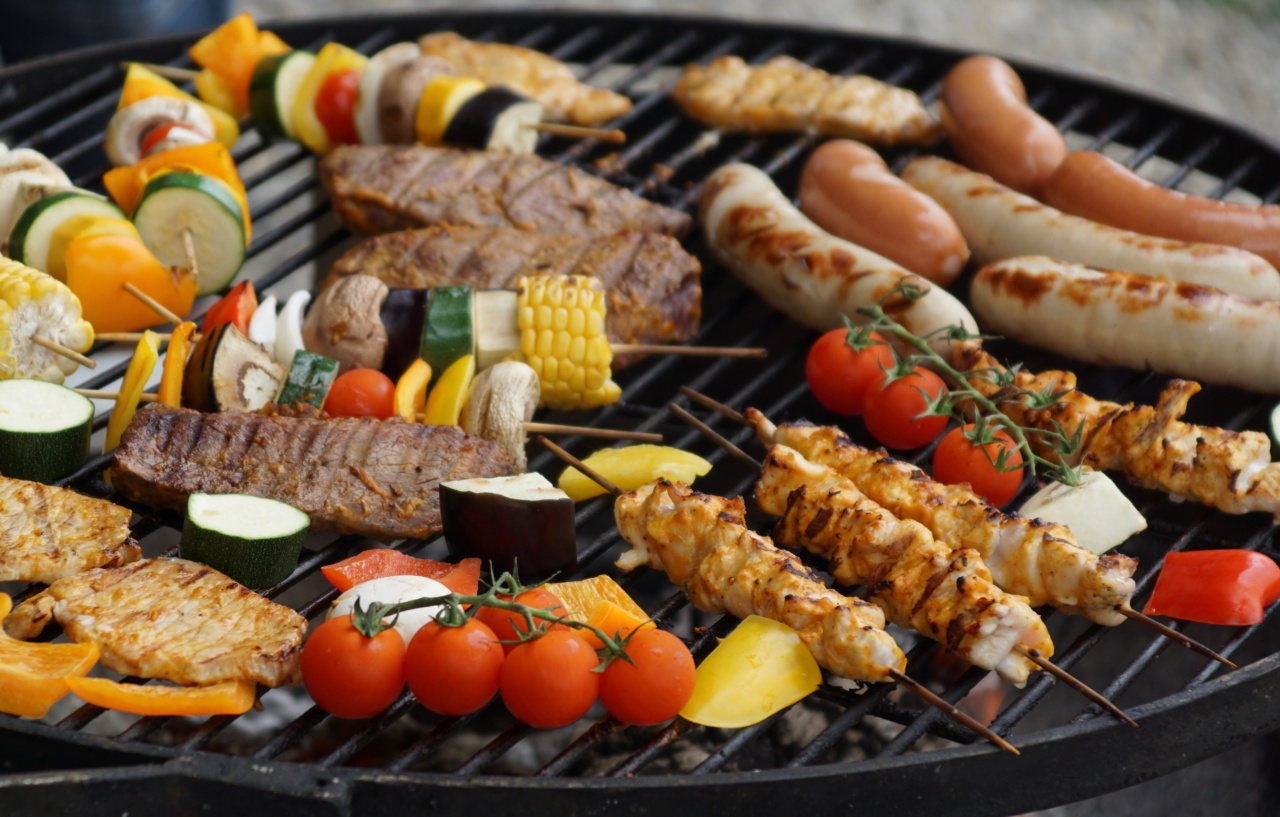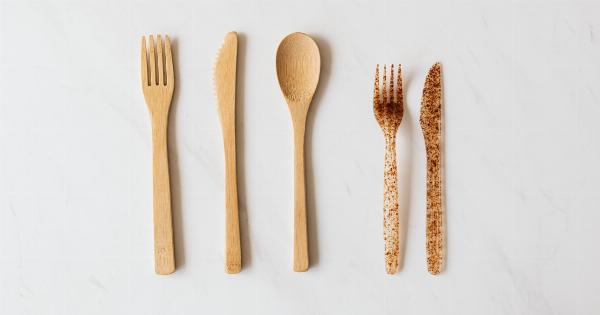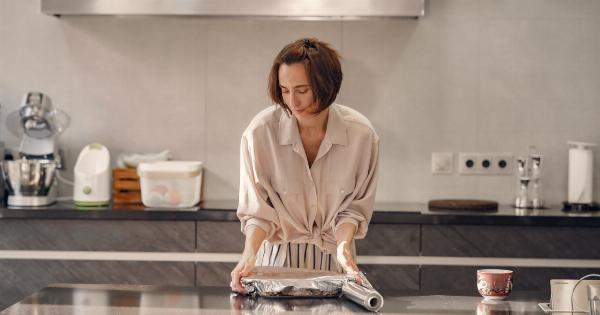When it comes to food safety, there are certain practices that we assume are necessary for maintaining hygiene in the kitchen. One such practice is washing chicken before cooking it.
However, recent studies and guidelines from experts suggest that washing chicken before cooking may actually increase the risk of foodborne illnesses. In this article, we will explore the reasons behind this recommendation and provide alternative methods to ensure the safety of your meals.
The risk of cross-contamination
Contrary to popular belief, washing raw chicken can lead to an increased risk of cross-contamination.
When we wash chicken, water splashes around the kitchen, spreading bacteria present on the chicken to other surfaces like countertops, utensils, and even ourselves. This can result in the inadvertent transfer of harmful bacteria to other foods, making them unsafe for consumption. Therefore, it is best to avoid washing chicken altogether and focus on proper cooking techniques to eliminate any potential pathogens.
Proper cooking techniques
Cooking chicken to the right internal temperature is the most effective way to kill any harmful bacteria that might be present. The internal temperature of chicken should reach a minimum of 165°F (74°C) to ensure food safety.
This temperature is sufficient to destroy common bacteria such as Salmonella and Campylobacter. Using a food thermometer is recommended to accurately assess the doneness of chicken and ensure it reaches the appropriate temperature throughout.
The role of bacteria
Raw chicken, like most poultry, naturally carries bacteria such as Salmonella and Campylobacter, which can cause foodborne illnesses. These bacteria are killed by thorough cooking, but they are not easily removed by washing alone.
In fact, washing chicken can spread these bacteria around your kitchen – onto surfaces, utensils, and even onto your skin – increasing the risk of contamination and subsequent illnesses.
It is important to understand that washing chicken does not remove all bacteria, and it can create a false sense of security. Simply rinsing the chicken under water does not adequately clean it.
The only way to eliminate bacteria is through proper cooking techniques, such as cooking the chicken to the appropriate internal temperature.
Kitchen hygiene and food preparation
While washing chicken is not recommended, proper kitchen hygiene and food preparation practices are crucial in ensuring the safety of your meals. Here are some important steps to follow:.
1. Separate raw chicken from other ingredients
When storing raw chicken, make sure to keep it separate from other ingredients, especially those that will be consumed raw, such as vegetables or salad greens. This prevents any potential cross-contamination from occurring.
Use separate cutting boards, utensils, and containers for raw chicken to avoid any contact with other foods.
2. Clean and sanitize surfaces
After handling raw chicken, it is essential to thoroughly clean and sanitize any surfaces that came into contact with it. Use hot soapy water to clean cutting boards, countertops, and utensils.
Additionally, consider using a sanitizer approved for kitchen use to further eliminate any lingering bacteria.
3. Wash hands properly
Hand hygiene is critical in preventing the spread of bacteria. Wash your hands with warm water and soap for at least 20 seconds before and after handling raw chicken.
This simple step helps minimize the risk of cross-contamination not only for you but also for others who may come into contact with the food you prepare.
4. Thaw chicken safely
When thawing frozen chicken, it is important to follow safe practices. The two recommended methods for thawing chicken are in the refrigerator and under cold running water.
Avoid thawing chicken at room temperature as it allows the growth of bacteria and increases the risk of foodborne illnesses.
5. Use proper storage methods
Storing chicken properly is crucial for maintaining its quality and safety. Keep raw chicken in its original packaging or place it in a leak-proof plastic bag to prevent any juices from contaminating other foods in the refrigerator.
Make sure the refrigerator temperature is set below 40°F (4°C) to inhibit bacterial growth.
Common misconceptions about washing chicken
There are several commonly held misconceptions about washing chicken that are important to address:.
1. Washing removes bacteria
As mentioned earlier, washing chicken does not remove bacteria effectively. While it might remove some visible dirt or particles, it does not eliminate the harmful pathogens that can cause foodborne illnesses.
The only reliable way to kill these bacteria is through proper cooking.
2. Washing with vinegar or lemon juice is effective
Some people believe that rinsing chicken with vinegar, lemon juice, or other acidic substances can help kill bacteria. However, research has shown that this is not the case.
These acidic substances are not effective at eliminating bacteria, and they can even cause flavor changes in the chicken.
3. Washing with salt water improves safety
Similar to using vinegar or lemon juice, washing chicken with salt water is another common misconception. While salt water can help remove some dirt or impurities, it does not significantly reduce the bacterial load.
Cooking the chicken to the appropriate temperature remains the most effective method for ensuring safety.
Conclusion
Contrary to popular belief, washing chicken before cooking it is not necessary and can even be detrimental to food safety. The process of washing chicken can cause cross-contamination and spread harmful bacteria throughout your kitchen.
Instead, focus on proper cooking techniques, such as cooking chicken to the right internal temperature of 165°F (74°C), to ensure the elimination of any bacterial pathogens. Additional precautions, such as maintaining kitchen hygiene, practicing proper food preparation methods, and following safe thawing and storage practices, are essential for keeping your meals safe and free from foodborne illnesses.




























